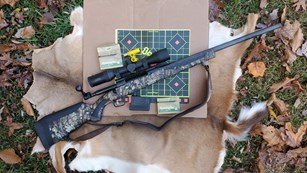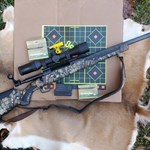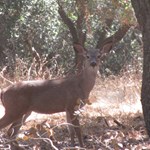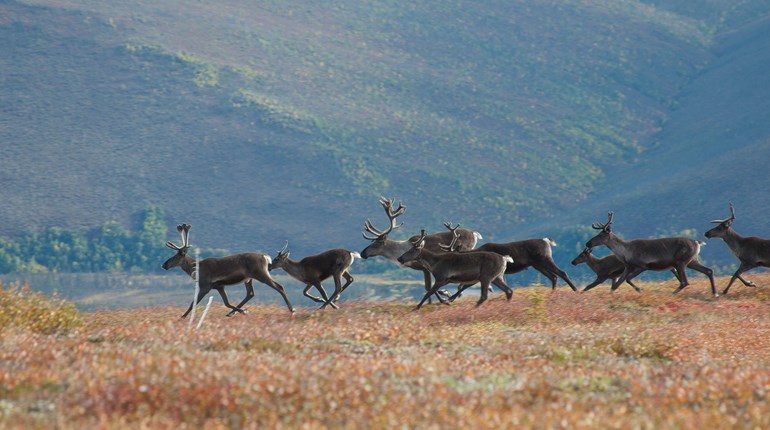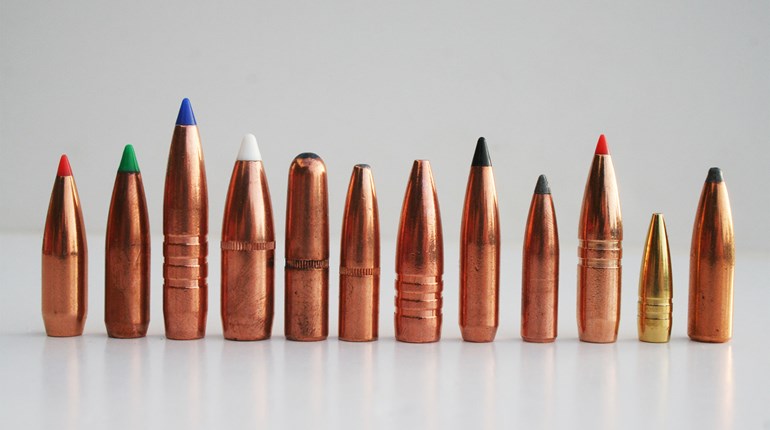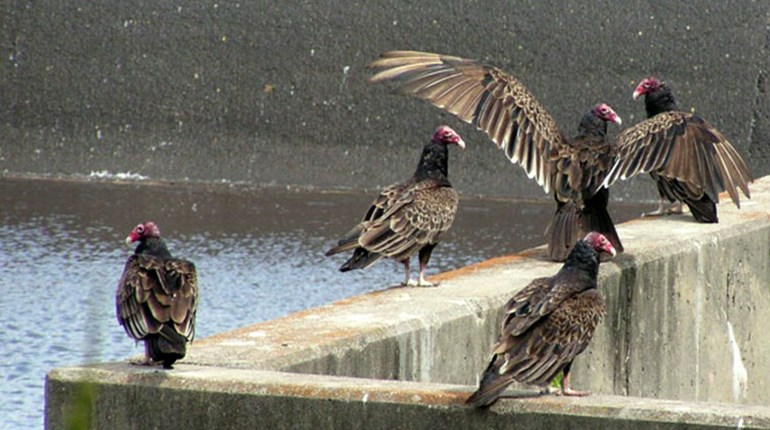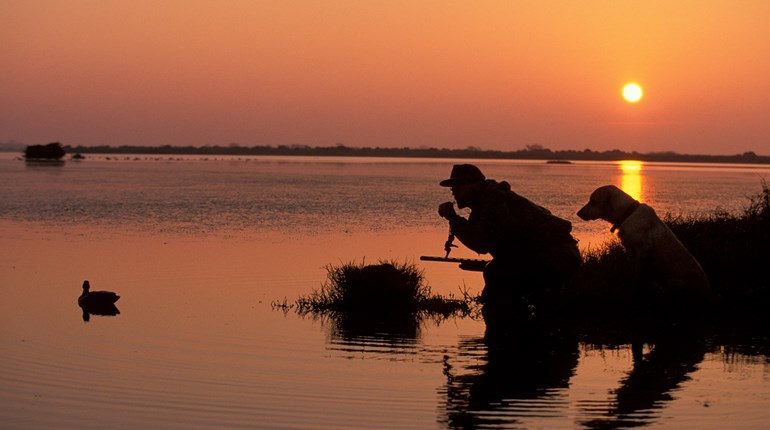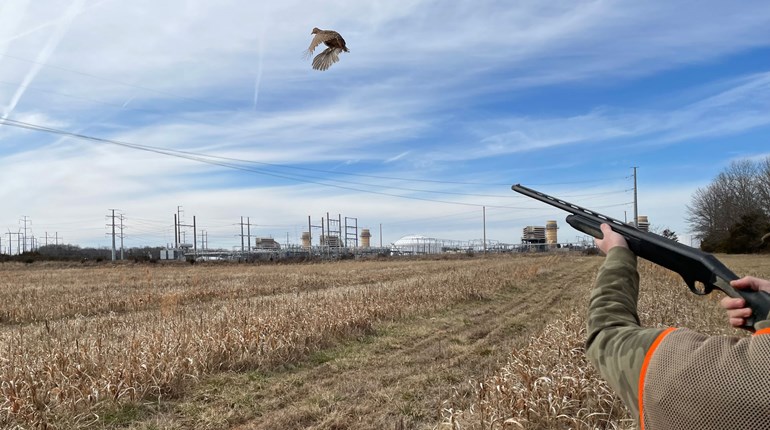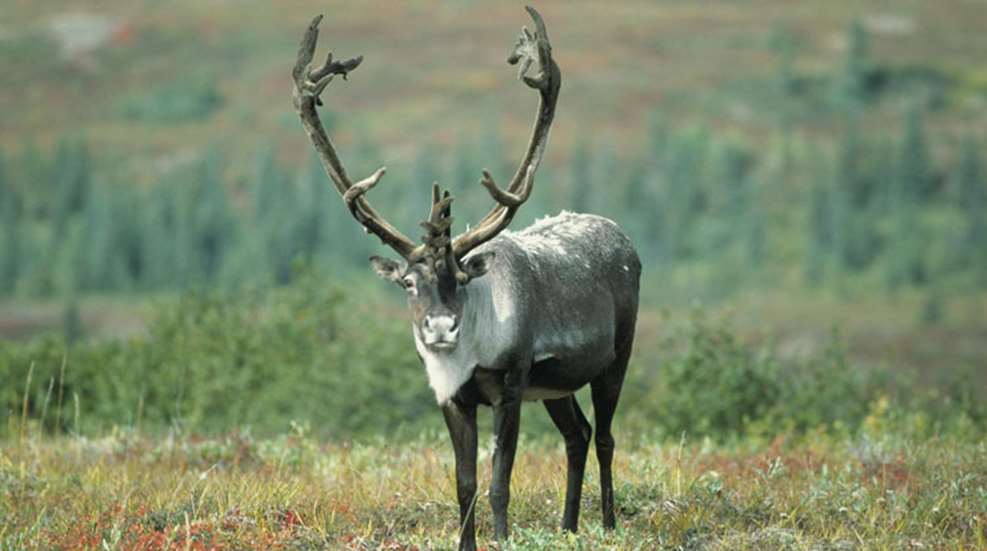
This Fun Friday, we're examining the myths and reality behind this season's iconic animal: the reindeer. Well, more properly, the caribou. Basically, there's no real difference between the two; they're the same species (Rangifer tarandus). Essentially, the reindeer is simply the slightly smaller, domesticated version of this member of the deer family. What's interesting is that the reindeer was domesticated in Europe at approximately the same time this season became so important to Christians worldwide—about 2,000 years.
Whatever you call it, you'll only find it where it's cold. Caribou live in the tundra regions of Alaska, Canada and Greenland as well as the subarctic and arctic areas of Asia and Europe. Caribou tend to stay on the move, traveling up to 50 miles per day across the tundra. When the spring comes, the caribou move up north to their calving grounds. Because they don’t hibernate, the herd moves down south in the wintertime. Caribou are grazing herbivores whose diet consists of lichen, mushrooms and grass-like plants called sedges, and they use their cloven hooves to scoop to away snow and dig down to the food below, which they detect with their keen sense of smell. The caribou’s fur is very soft and warm, and the fibers in its coat are hollow, which help it to shed snow and water...making their fur ideal for cold-weather wear for humans.
When domesticated, caribou/reindeer have been used to pull sleighs and wagons for centuries, which is probably what helped cement the reindeer's place in popular culture as Santa's preferred beasts of burden. There are other, larger herd animals up North (such as the musk ox), that could conceivably serve just as well for Santa's sleigh...but they just don't have the sizzle. Caribou are good-looking critters, and one of the only deer species in which both males and females grow antlers.
Additional reindeer games:
- Alaska’s population of caribou outnumbers people—twice as many caribou as humans inhabit the state.
- Every year after the breeding season ends, the male caribou sheds its antlers and grows a new set. The females keep their antlers throughout the winter.
- The caribou’s main (non-human) predators are bear and wolves.
- During the “rut” or breeding season, the males battle for dominance over the herd.









